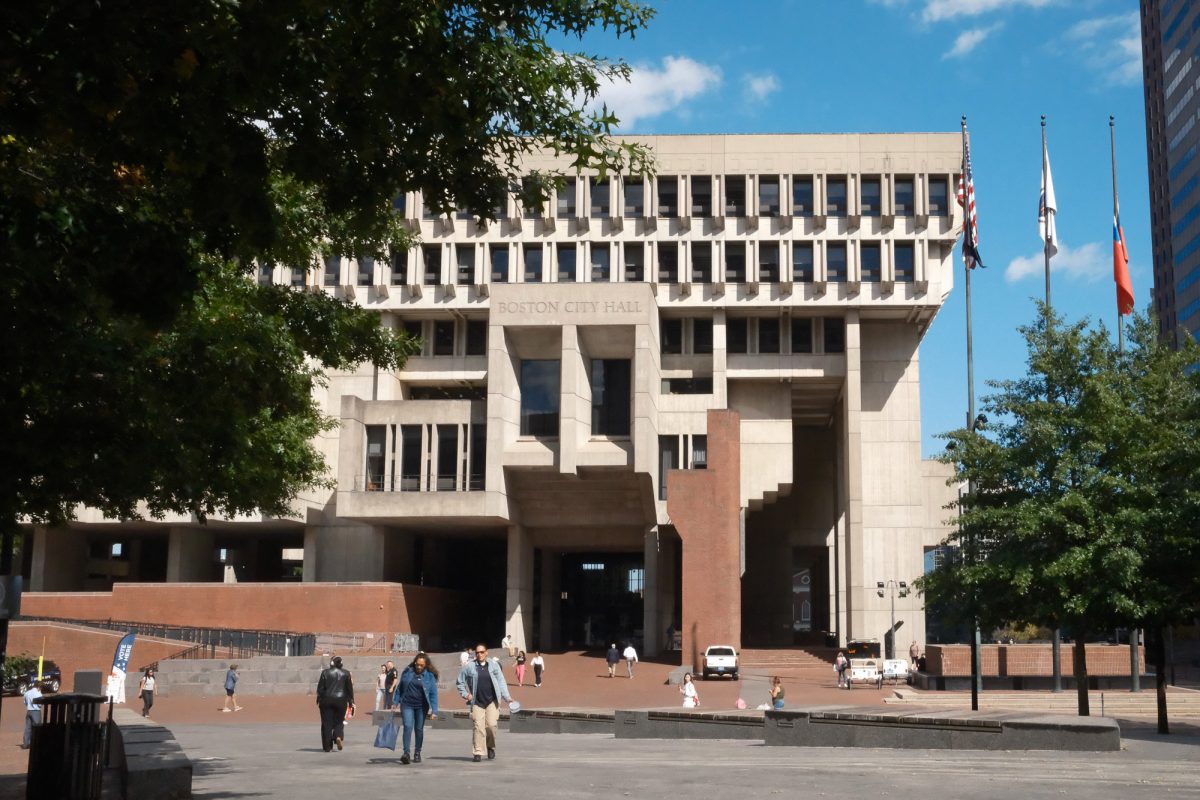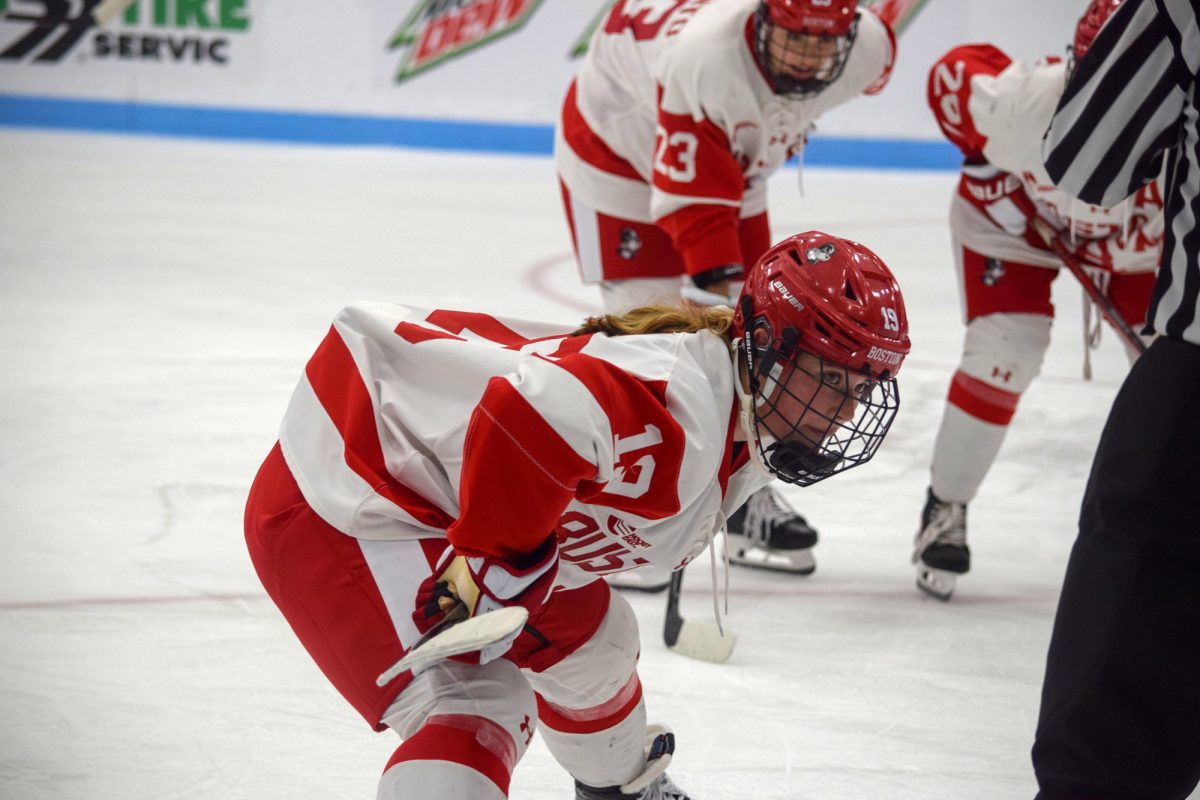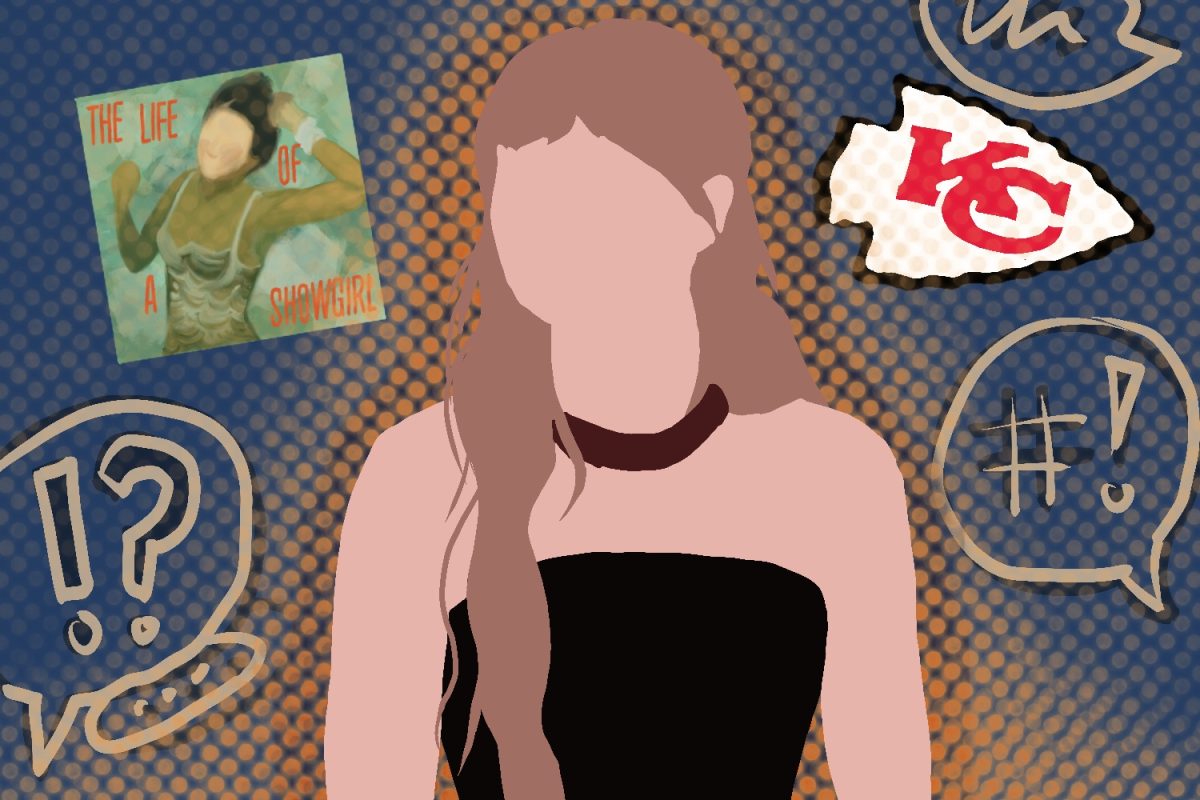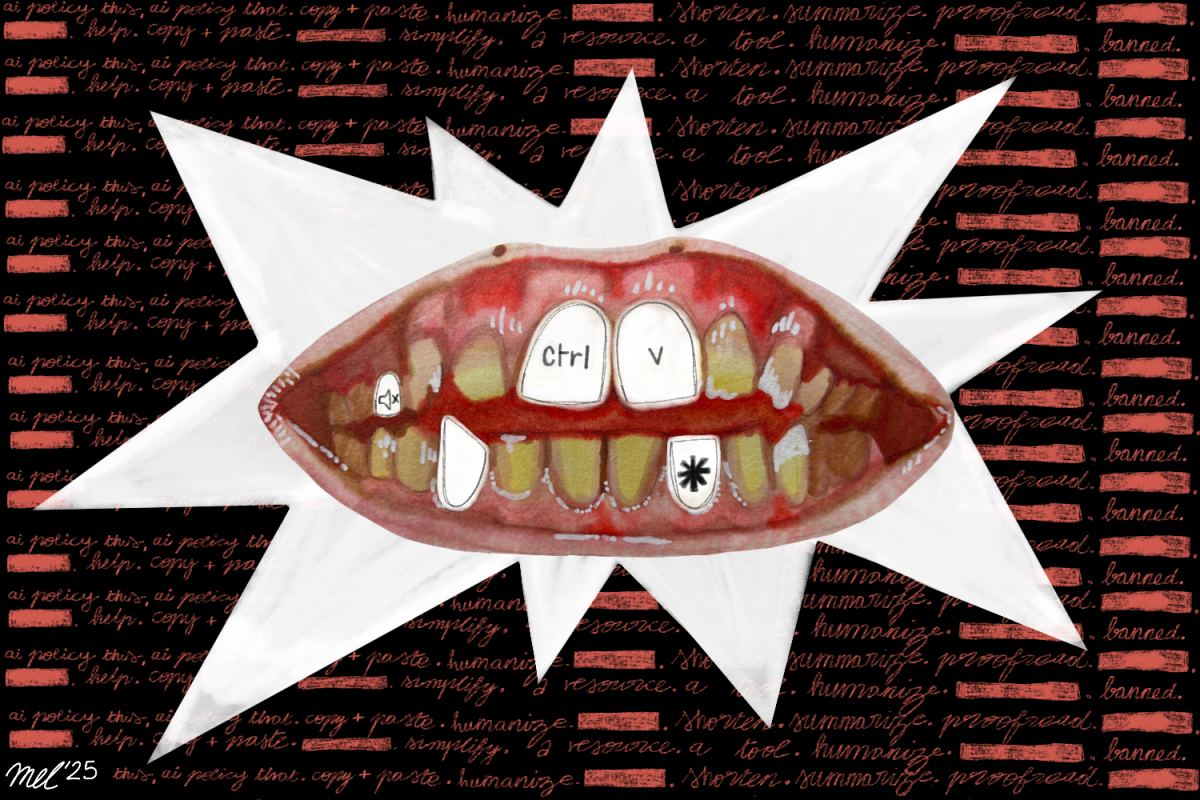I love drag queens. They are some of the most dynamic, talented and subversive performers in our society. They shatter the gender binary by freeing society from remaining confined within two genders. Socially, we tend to view the male and female genders as diametrically opposed, a “this-or-that” dichotomy that limits the ways in which males and females believe they can acceptably express themselves. Drag culture blurs the lines between the socially constructed idea of gender and helps to make us more aware that gender is a spectrum, rather than a biological predisposition. And we may express ourselves along this spectrum in any way that we like, or even refuse the concept of gender altogether. Drag, as a dramatic and spirited form of entertainment, opens the door to understanding the difference between gender identity and biological sex.
The seventh season of Logo TV’s national drag competition, “RuPaul’s Drag Race,” premiered Monday, and if you aren’t familiar with the show, there is no better time to get acquainted with drag culture. The reality competition program follows 14 drag queens, each vying for the crown of “America’s Next Drag Superstar.” The show, hosted by famous drag icon RuPaul, exhibits the multi-faceted art — and it is an art — of being a drag queen as the contestants participate in various challenges testing their abilities to sing, act, design and model. All you need to know is that it’s incredibly entertaining and provides a mass media platform upon which drag can be consumed and analyzed by audiences outside of the LGBT nightclub scene.
Drag is a deeply political art form. By shedding traditional masculinity, drag queens help to deconstruct the facets of masculinity in society that have proven toxic and oppressive to women. The notions that “real men” are aggressive and emotionless, both of which contribute to a culture of violence against women, are subverted by drag queens, who are humorous, hyperbolic and openly expressive. Drag queens are men who willingly effeminate themselves within a culture that imposes a very specific and narrow set of ideals upon the male gender.
This idea of “toxic masculinity,” an important concept in feminist ideology, creates emotionally stinted men who seek violence as a way of asserting power and resolving conflict. Feminists and drag queens alike seek to free men from the type of masculine ideals that perpetuate the patriarchy and its negative views toward women. Drag culture cuts through toxic masculinity, as drag performers assert their power and confidence through traditional femininity.
Politics aside, drag is just fun. Queens showcase captivating transformations and hilariously entertaining personas. It is serious art that never takes itself too seriously. After all, the drag queens on “RuPaul’s Drag Race” dedicate their lives to their craft and design terrifically elaborate couture looks, yet at the end of each show, two queens must “lip sync for their lives” to avoid elimination. The juxtaposition of hard work and humor gets to the heart of what drag culture really is: a community that channels its energy into creating something fascinating, regardless of how ridiculously wacky it might be. Further, the sense of camaraderie between drag queens — a drag queen refers to the person who taught her the art of drag her “drag mother” — exhibits a sense of togetherness that is all too often absent from a greater LGBT community infected with internalized homophobia.
Just recently, I read a memoir by former drag queen Josh Kilmer-Purcell called “I Am Not Myself These Days.” Kilmer-Purcell recounts his days as Aquadisiac, a drag persona he adopted in the off-hours from his job at an advertising agency. Besides being absolutely hysterical, “I Am Not Myself These Days” gives a rare and poignant look at the life of a drag queen, both behind the scenes and in the spotlight. Kilmer-Purcell illustrates how Aquadisiac ultimately shaped him as a person, despite his struggles with alcoholism and a meth-addicted boyfriend. Many people in society have misconceptions of what drag really is, and “I Am Not Myself These Days” helps to deconstruct the taboo veneer over drag culture by illuminating the strong communities that emerge among those that defy social norms.
Drag is as complex as the costumes and personas worn by the queens on “RuPaul’s Drag Race,” and it’s important to learn about its sociopolitical implications. It is a representation of unapologetic expression and can serve to inspire anyone who feels confined within arbitrary expectations. As my favorite drag queen, Bianca del Rio, said when she won Season 6 of “RuPaul’s Drag Race” last year, “As a 30-year-old man in a wig, never give up!” But at its most basic, drag is devilishly entertaining and, frankly, addictive.
You can catch “RuPaul’s Drag Race” every Monday at 9 p.m. on Logo TV.


























































































































Andrew Mahler • Mar 5, 2015 at 6:54 pm
YAAAAAAAASSSSSS. Great read. Equal parts entertaining and thought-provoking. Excited to be slain by you weekly.